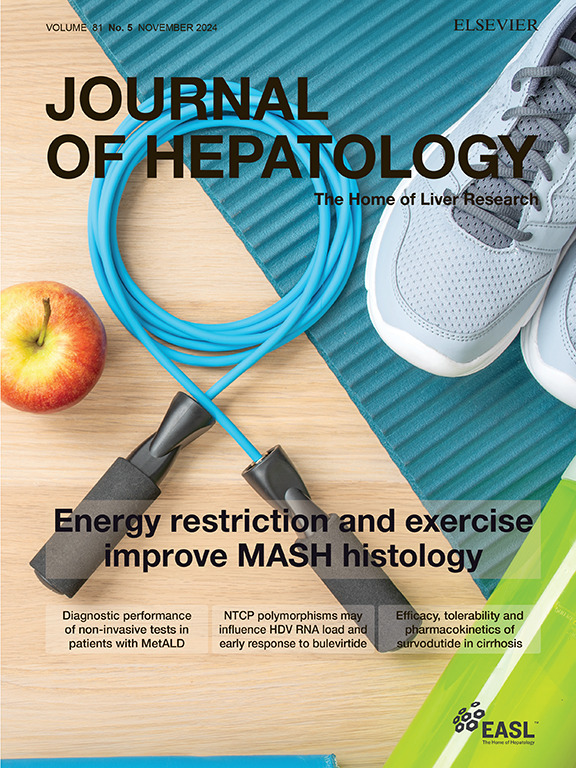The Link Between Diabetes and Liver Health: Why It Matters
Diabetes and liver health are deeply connected, yet many people are unaware of how diabetes affects the liver. The liver plays a crucial role in blood sugar control by storing glucose as glycogen and releasing it when blood sugar levels drop, helping to maintain steady glucose levels. For those living with diabetes, understanding this connection is key to maintaining overall well-being.
With the rise of metabolic dysfunction-associated steatotic liver disease (MASLD) — a condition frequently seen in individuals with type 2 diabetes — the link between diabetes and liver health is more important than ever, making MASLD a global health concern.
MASLD: A Growing Concern in Metabolic Health
MASLD is characterised by the accumulation of fat in the liver, independent of alcohol consumption, and is frequently associated with insulin resistance, obesity, dyslipidemia, and type 2 diabetes. With the global rates of diabetes on the rise, the prevalence of MASLD has surged, now affecting approximately 45-70% of patients with type 2 diabetes1.
Unaddressed MASLD can progress to more severe liver diseases, such as metabolic dysfunction-associated steatohepatitis (MASH), hepatic fibrosis, and ultimately cirrhosis or hepatocellular carcinoma (HCC). Additionally, liver dysfunction exacerbates insulin resistance and metabolic dysregulation, creating a feedback loop that further complicates diabetes management2.
MASLD and Diabetes: A Bidirectional Relationship
The pathophysiology of MASLD is intricately linked to diabetes and metabolic syndrome. Insulin resistance, a hallmark of type 2 diabetes, plays a pivotal role in the pathogenesis of MASLD by promoting lipogenesis and impairing lipid oxidation in the liver. Conversely, MASLD exacerbates insulin resistance by altering hepatic glucose output and increasing systemic inflammation, making glycemic control more challenging for individuals with diabetes.
This bidirectional relationship underscores the importance of an integrated approach to the management of MASLD in patients with diabetes. Proper liver management not only improves hepatic outcomes but can also enhance glycemic control and reduce cardiovascular risk.
The EASL–EASD–EASO Guidelines
Recognising the need for better management of MASLD, we at European Association for the Study of the Liver (EASL) have partnered with other leading organisations, including the European Association for the Study of Diabetes (EASD) and the European Association for the Study of Obesity (EASO), to develop Clinical Practice Guidelines. These guidelines focus on the prevention, diagnosis, and treatment of MASLD, particularly in people with metabolic conditions like diabetes.
The guidelines recommend:
- Early screening: Regular monitoring of liver function for people with diabetes to diagnose MASLD early.
- Lifestyle changes: A healthy diet, regular exercise, and weight loss can significantly reduce fat in the liver and improve both liver and metabolic health.
- Multidisciplinary care: Collaboration between liver specialists, endocrinologists, and dietitians to manage both diabetes and liver health.
EASL’s Role in Advancing MASLD and Diabetes Awareness and Management
EASL continues to drive progress in the understanding and treatment of metabolic dysfunction-associated steatotic liver disease (MASLD), especially in individuals with diabetes, who are at a heightened risk of developing liver complications. EASL offers educational resources, research collaborations, and expert-led conferences that emphasise the link between metabolic dysfunction, diabetes, and liver disease. By fostering collaboration across specialties such as hepatology, endocrinology, and metabolic medicine, as well as advancing education through EASL’s events, we can improve outcomes for patients with MASLD and diabetes, reducing the progression to advanced liver disease and enhancing both liver and metabolic health.
Resources – Make Your Impact
On EASL Campus, you can find specific resources on liver and diabetes:
- EASL Studio: 2 episodes
- EASL Quiz: 5 questions
- Latest research from EASL 2024 Congress : 37 ePosters

|
Read about the latest findings from Mucinski and colleagues in this month’s Journal of Hepatology. Their study shows that a combination of diet and high-intensity exercise markedly improves liver health in metabolic dysfunction-associated steatohepatitis (MASH) patients by enhancing insulin sensitivity and fitness, whereas standard care showed minimal impact. The improvements are linked to more efficient nutrient utilization in muscles, highlighting exercise as essential for effective MASH treatment. |
|
Check out the presentation titled "Holistic management of MASLD: addressing extrahepatic risks in daily clinical practice: managements of diabetes" at the EASL Congress 2024 in Milan.
|
|
| Watch speakers discuss the critical need for liver disease representation at the upcoming high-level meeting on non-communicable diseases (NCDs) in 2025 in this EASL Studio Policy Dialogues episode. |
Events - Stay ahead in Hepatology!

|
Join us next January for the EASL SLD Summit 2025! You will have the opportunity to participate to specific sessions with talks that will address diabetes: "First line multidisciplinary approach: who does what and when to refer?" and "Public health and SLD". |
||
 |
|
Click here for all EASL's upcoming events
1 Younossi, Z. M., et al. (2019). "Global burden of NAFLD and NASH: trends, predictions, risk factors and prevention." Nature Reviews Gastroenterology & Hepatology, 16(1), 11–20.
2 Diehl, A. M., & Day, C. (2017). "Cause, Pathogenesis, and Treatment of Nonalcoholic Steatohepatitis." New England Journal of Medicine, 377(21), 2063-2072.



